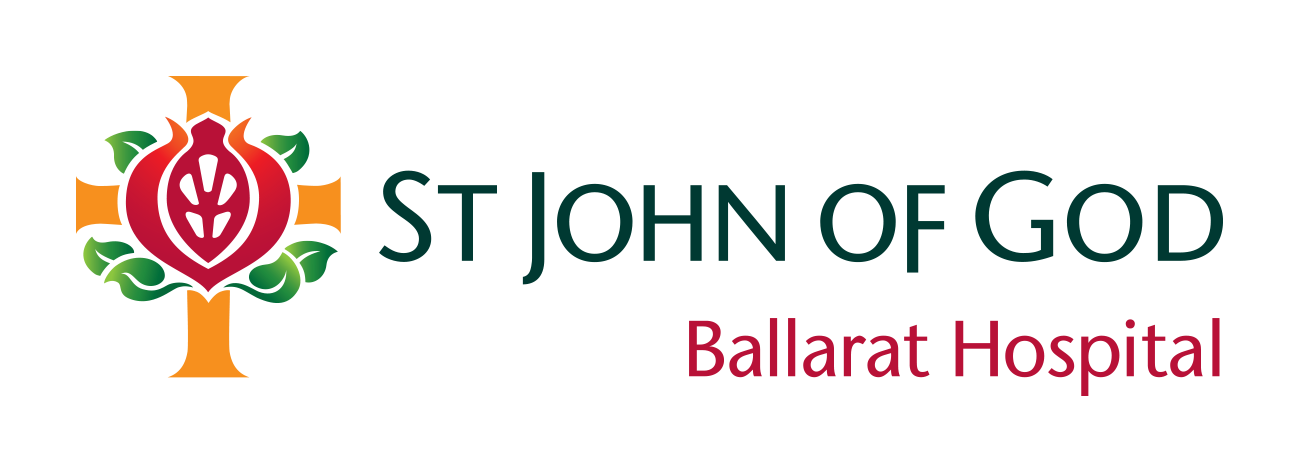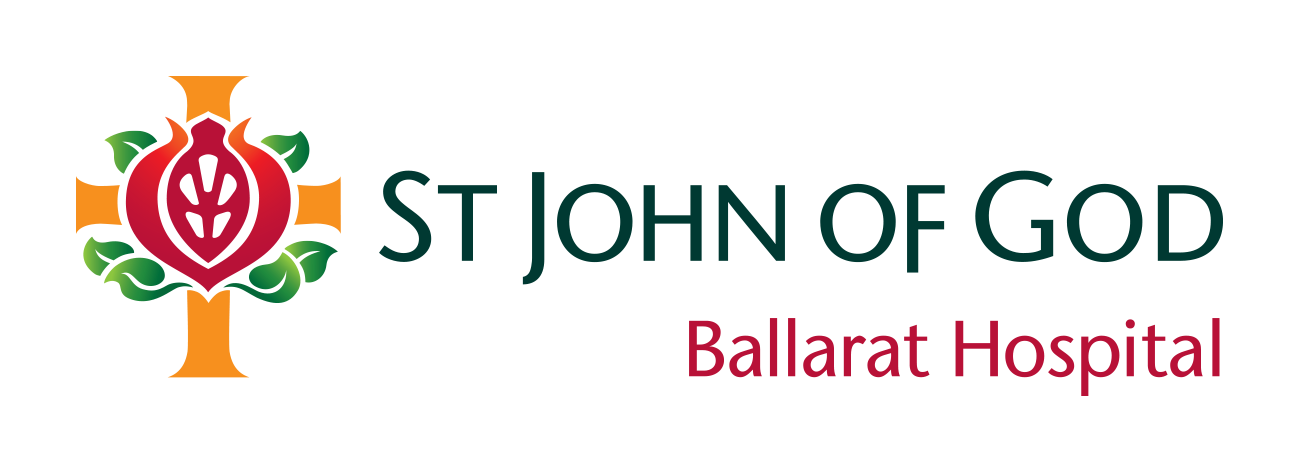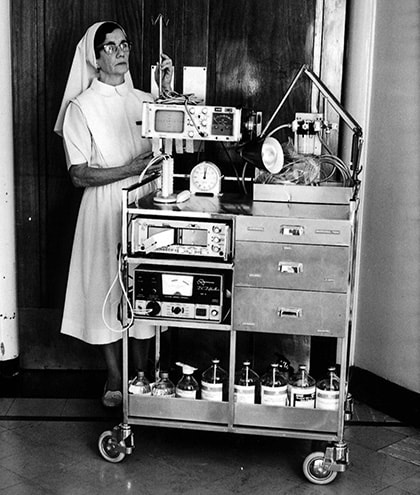History of St John of God Ballarat - 1980s - Leading the way
30 Aug 2018
St John of God Ballarat Hospital was one of the first hospitals to extensively use computers from 1978.
A bespoke patient information system was developed for the hospital’s new computer system by Ballarat software company Infosyst Australia and was soon expanded in scope and sought after for use in other private hospitals.
New hardware and software, also developed by Infosyst, replaced the original system in 1986 when it was installed in the new ward block.
Many functions in the Medical Records Department were then computerised, including a patient master index, hospital statistics and disease and operation codes.
Keeping up with technological advances
New diagnostic technologies introduced in the 1970s and 1980s helped to maintain the hospital’s leading role in this area within Victoria.
In 1975 a Clinicard analyser was installed – one of only three in Victoria and in 1976 the Pathology Department purchased the first HA-4 blood cell counter and the first Chloride Carbon Dioxide analyser in Australia whilst in 1977 a Chemetrics computerised analyser was bought.
A grant from the Wendouree Charitable Fund enabled the hospital to buy a $12,000 fibre-optic duodenoscope in 1984 for gastroenterological diagnoses.
In 1985 the Radiology Department boasted the most advanced type of ultrasound machine in the world and the only one of its type in Australia when it installed a $200,000 Diasonics SPA 1000 machine only months after it was first used in the United States of America in November 1984.
Cardiac Echocardiography commenced in 1982. Colour flow technology was available in 1988 when a Toshiba 270A machine was installed.
In 1988 a regional ultrasound service was provided to Maryborough, one day a week, providing 1,000 studies per year.
In 1991, a new ACUSON XP10 colour flow machine enabled biopsies to be performed with the Urology Department.
Special expertise was developed in genito-urinary ultrasound which resulted in a number of presentations and publications in conjunction with Department of Urology.
The hospital led the way, too, in certain medical areas. In 1982, the Urology Department was the first in Australia to implant artificial urinary sphincters, which function as an artificial muscle for urinary control.
What’s next?
How innovation at the hospital continued into professional development.


